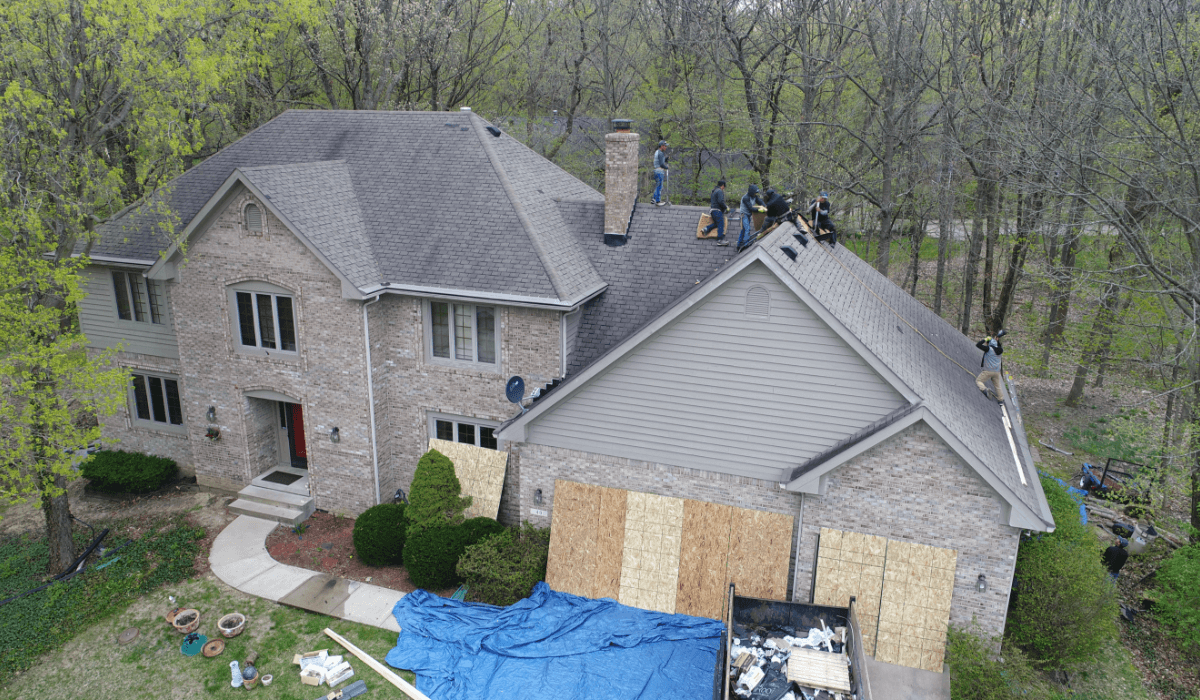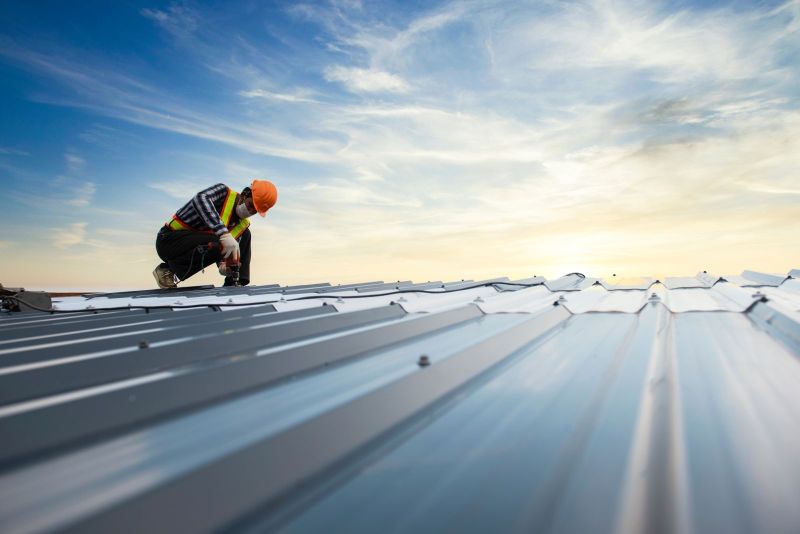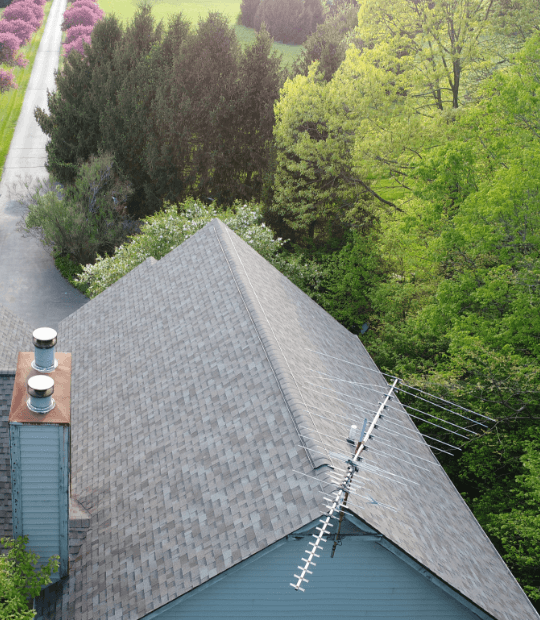When it comes to roofing, there are significant differences between residential and commercial properties. Both require durable, functional, and aesthetically pleasing roofs, but the construction and design considerations for each type of building vary. Understanding these differences is crucial for homeowners, business owners, and roofing professionals alike. In this article, we will delve into the dissimilarities between residential and commercial roofing, examining key factors such as materials, design, and maintenance requirements.
Materials
One of the fundamental distinctions between residential and commercial roofing lies in the materials used. Residential roofs are typically built using asphalt shingles, wood shakes, metal sheets, or concrete tiles. These materials offer a wide range of options and styles to suit various architectural designs and personal preferences. They also tend to be lighter in weight since residential structures are typically smaller than commercial buildings.
In contrast, commercial roofs are often constructed with more robust materials to withstand the demands of larger structures and the challenges posed by weather conditions. Common commercial roofing materials include built-up roofing (BUR), modified bitumen, thermoplastic polyolefin (TPO), and ethylene propylene diene monomer (EPDM) rubber. These materials provide enhanced durability, insulation, and resistance to UV rays and chemicals.
Design Considerations
Residential and commercial roofs differ significantly in terms of design considerations. Residential roofs are generally simpler in design, with pitched or sloped roofs being the most common. Pitched roofs allow for better drainage and prevent water pooling, which can cause leaks and other structural issues. The design of residential roofs often incorporates attic spaces for insulation and ventilation purposes, contributing to energy efficiency and overall comfort.
On the other hand, commercial roofs are typically flat or have a low slope. Flat roofs offer advantages in terms of cost-effectiveness, accessibility for maintenance, and the ability to install equipment such as HVAC units or solar panels. However, they require specialized waterproofing systems and drainage solutions to prevent water accumulation and ensure proper sealing.
Maintenance and Longevity
Maintenance requirements and the lifespan of residential and commercial roofs also vary significantly. Residential roofs generally require less maintenance due to their smaller size and simpler design. Routine maintenance tasks for residential roofs typically include periodic inspections, gutter cleaning, and the replacement of damaged shingles or tiles. With proper care, residential roofs can last anywhere from 20 to 30 years, depending on the materials used.
Commercial roofs, due to their larger size and flat design, often require more frequent and thorough maintenance. Regular inspections, repairs, and cleaning are essential to prevent leaks, ensure proper drainage, and extend the lifespan of the roof. The lifespan of a commercial roof can vary widely depending on the materials used, but with proper maintenance, a well-installed commercial roof can last between 20 and 40 years.
Cost Considerations
Cost is another aspect where residential and commercial roofing differ. Residential roofs tend to be more affordable in terms of installation and repairs compared to commercial roofs. The smaller size and simpler design of residential roofs result in lower material and labor costs. Additionally, residential roofing materials are often readily available and less specialized, contributing to overall cost savings.
Commercial roofing projects, on the other hand, involve higher costs due to the larger scale, complex designs, and specialized materials required. Commercial roofs also need to meet specific building codes and regulations, which may increase the overall cost of installation. Additionally, commercial roofs often involve more extensive warranties and require professional roofing contractors with experience in commercial projects.
The differences between residential and commercial roofing are significant and require distinct considerations in terms of materials, design, maintenance, and cost. Residential roofs prioritize aesthetics, durability, and energy efficiency while offering a variety of material choices to match architectural styles. Commercial roofs, on the other hand, focus on durability, weather resistance, and functionality to meet the demands of larger structures and complex designs.
Understanding these differences is vital for homeowners, business owners, and roofing professionals to ensure the right materials, design, and maintenance practices are implemented. By considering these variations, individuals can make informed decisions when it comes to their roofing needs, ultimately leading to safer, more efficient, and longer-lasting roofs for both residential and commercial buildings.



